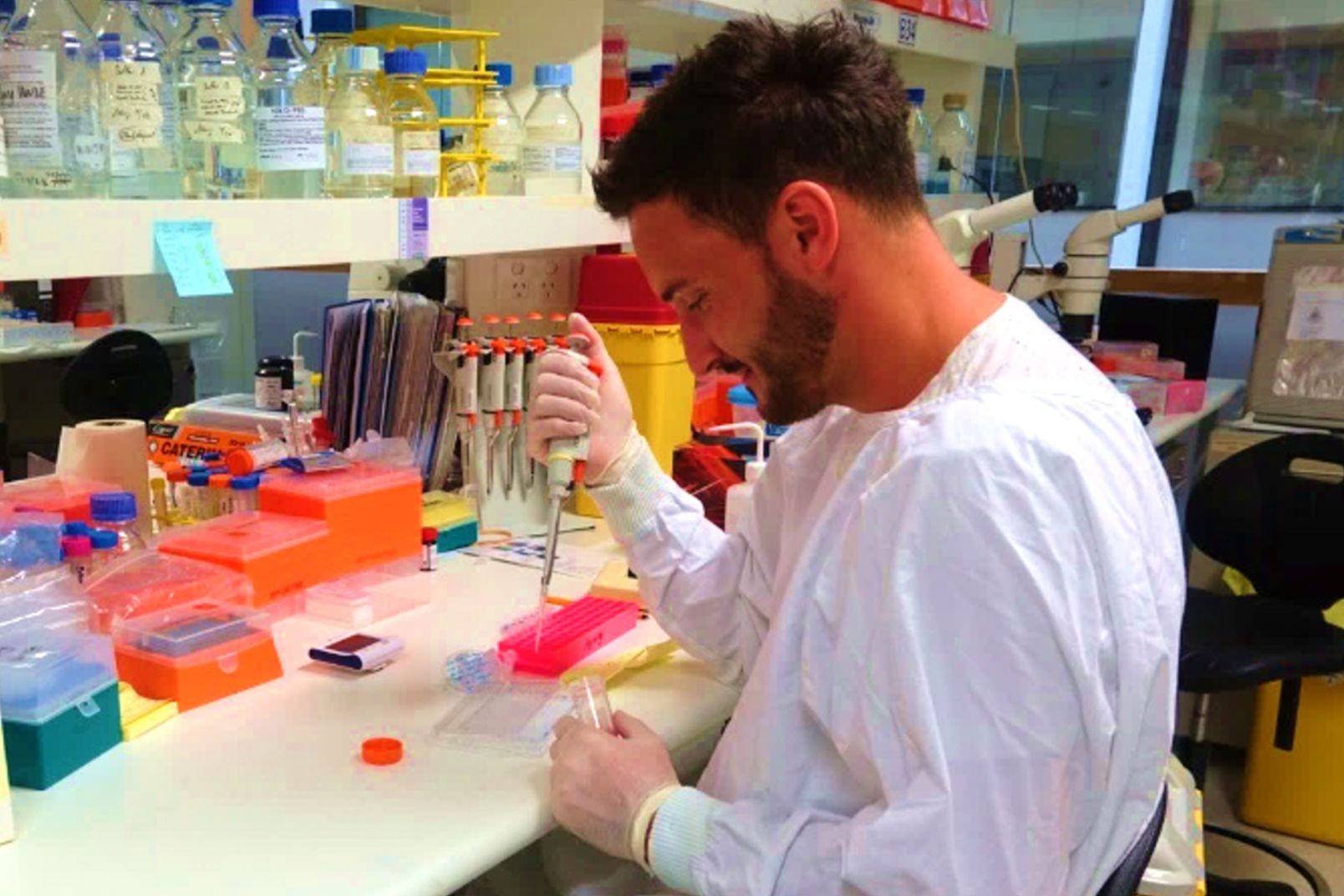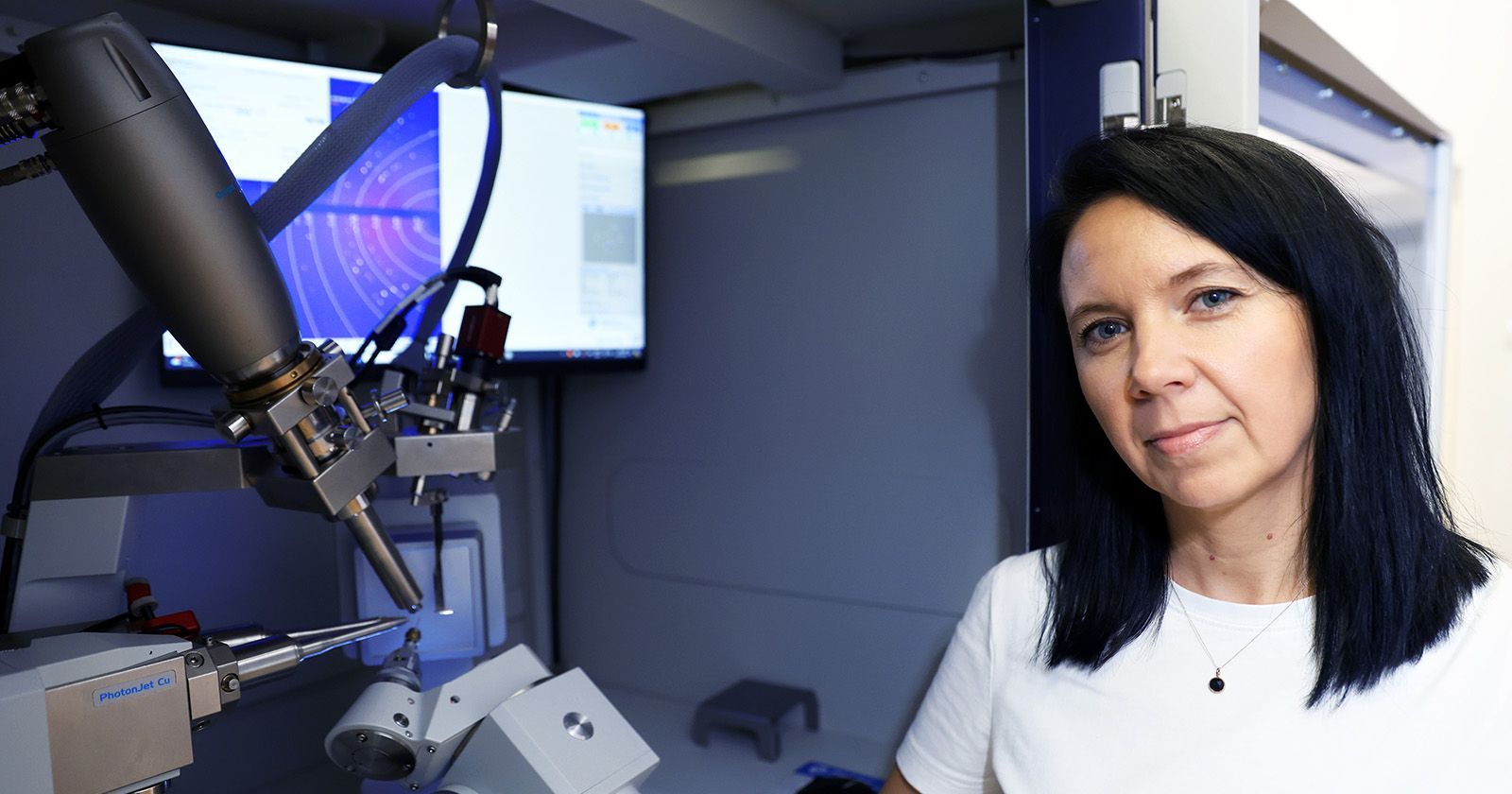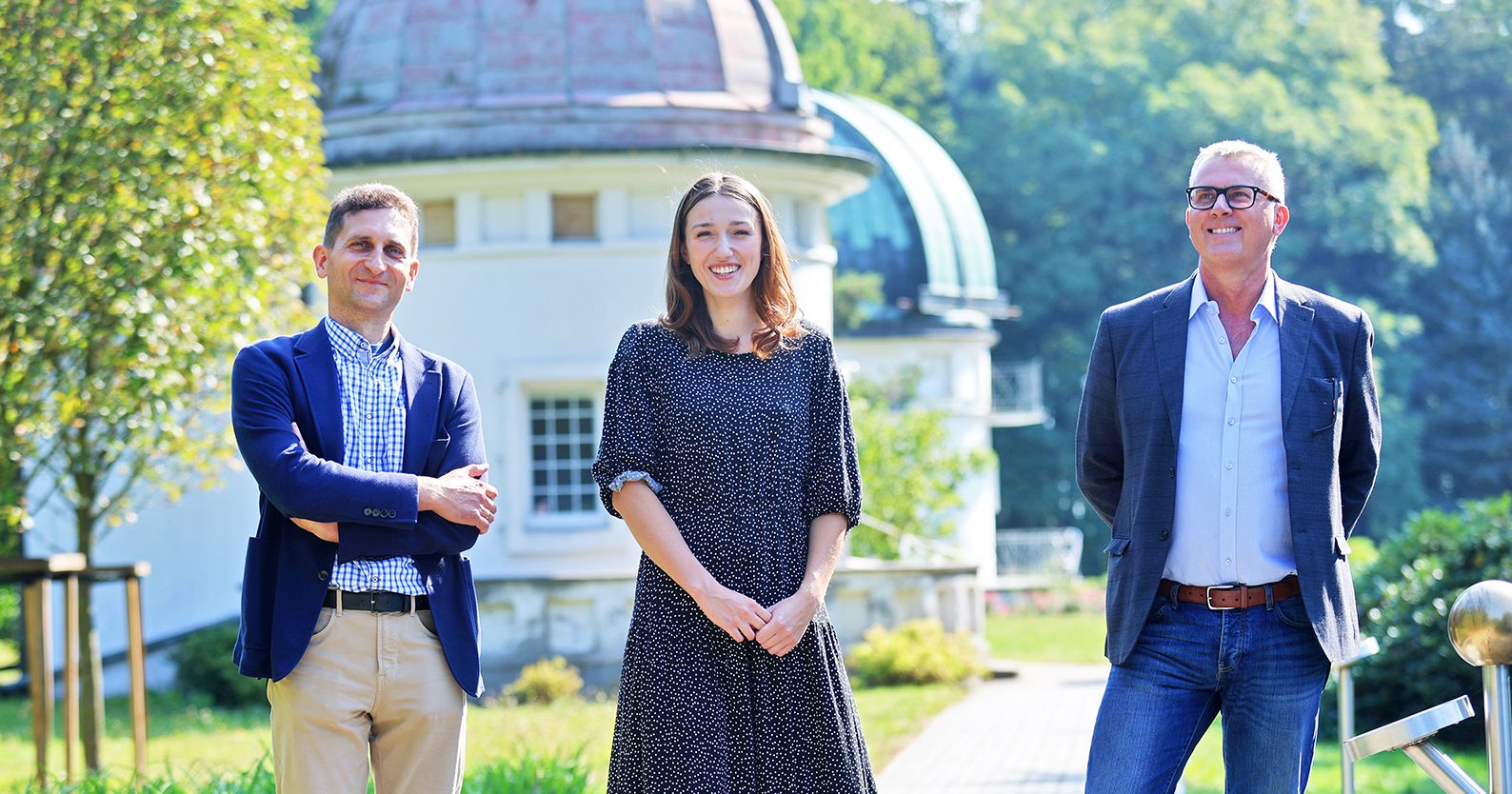Personalization of Treatment in Women’s Oncology
The transformation of the approach that centers on the individual needs of patients during the treatment of high-grade serous ovarian cancer is the subject of an article by Dr. habil. Paweł Kordowitzki, Dipl. ECAR, Professor at Nicolaus Copernicus University (NCU), published in the prestigious journal CA: A Cancer Journal for Clinicians, which holds the highest impact factor in the world.
High-grade serous ovarian cancer is the most common and most aggressive subtype of ovarian cancer. It accounts for about 70 percent of all cases of this cancer. The early, pre-invasive form of the cancer originates and develops in the epithelium of the fallopian tubes and then migrates to the ovary. It is there that the cells acquire malignant characteristics and form tumors on the ovary. Unfortunately, the first phase of this cancer is essentially asymptomatic. Only later may symptoms such as abdominal bloating, pelvic pain, early satiety, and frequent or urgent urination appear. These symptoms are often mistaken for benign conditions, e.g., of the digestive or urinary system, which leads to diagnostic delays.
Late Diagnosis
The cancer most commonly affects postmenopausal women, with the peak incidence occurring after the age of 70. Environmental factors and unhealthy lifestyle choices predispose individuals to this type of cancer. Women are particularly at risk if they experienced early menarche, late menopause, obesity, endometriosis, chronic pelvic inflammation, a low number of childbirths, or long-term use of hormone replacement therapy. – Let's be honest, many postmenopausal women stop attending regular checkups and gynecological visits, which may result in even later cancer detection – says Dr. habil. Paweł Kordowitzki, Dipl. ECAR, Professor at NCU's Faculty of Biological and Veterinary Sciences, the lead author of the article "Transforming treatment paradigms: Focus on personalized medicine for high-grade serous ovarian cancer", published in CA: A Cancer Journal for Clinicians. – It should be added that patients with a genetic predisposition are also more at risk of high-grade serous ovarian cancer – those with a family history of ovarian cancer, Lynch syndrome, and BRCA1 and BRCA2 gene mutations.

photo Andrzej Romański
Professor Kordowitzki works at the Department of Basic and Preclinical Sciences at the Institute of Veterinary Medicine. He became interested in ovarian cancer during his time as a visiting professor at Harvard Medical School (HMS), for which he received a mobility grant under the “Excellence Initiative – Research University" program. – I was talking with my gynecologist colleagues at HMS about what they were currently working on – explains the NCU scientist. – Prof. Kevin Elias, former head of the Department of Gynecology at HMS, told me about translational research on ovarian cancer using the chicken model. As a veterinarian and animal reproduction specialist, I became interested in the topic and reviewed the available literature. That's how the work on the article began.
First and Foremost, the Woman
In his research, the scientist placed the woman—the patient—at the very center. He emphasizes that information about ovarian cancer treatment methods can be found on the internet, in brochures, or obtained from the attending physician. However, it is not possible to speak of a single standard treatment method for all women in the world, because the disease manifests differently in a white European woman than in a Black African
The first problem I encountered, explains Prof. Kordowitzki, was that there are no large-scale multicultural studies on ovarian cancer. Those that are available were conducted primarily in Europe and the USA, while data from South America, Africa, and Asia is lacking. This results not only from the economic and financial situation of certain countries but also from the fact that not all places have academic centers capable of conducting such vast, high-level analyses.
The foundation of treatment for high-grade serous ovarian cancer is surgery. The scientist does not hide the fact that this is one of the longest and most difficult operations performed on the female reproductive tract. This is followed by platinum-based chemotherapy and experimental treatments. Unfortunately, the latter is the least proven and effective. Immunotherapy is currently in the testing phase, and the CAR-T method—effective in treating other types of cancer—still requires further research. There is also a lack of screening tests that would allow for the disease to be diagnosed at the earliest, less aggressive stage.

That is why psycho-oncology, diversity, and personalized medicine are so important, because depending on the stage of the disease and the individual woman, cancer can be treated in slightly different ways. Among all ovarian cancers, this high-grade serous type leads to the highest number of patient deaths. When women hear the diagnosis, they usually treat it as a death sentence, and every doctor visit is accompanied by fear.
That is why empathetic communication and an individual approach are so important—something that, unfortunately, is rarely taught in medical school, notes Prof. Kordowitzki. The female doctor or male doctor treating the patient should, upon giving the diagnosis, immediately present the treatment options. A psychological approach to oncology is becoming increasingly important, because how a patient receives information and how they are treated throughout the entire treatment process can influence how the medications or therapy work. Among other reasons, that is why in the article I quote a patient who managed to 'cope' with the cancer mentally.
More Accurate Diagnostics
The authors of the article point out that most women will experience a recurrence of the cancer. That was one of the points I wanted to clearly emphasize, says the scientist from NCU. Most patients believe that once the tumor is surgically removed, it won't come back. But there are small cells that can circulate in the bloodstream or lymph nodes and reappear. Every doctor should communicate this clearly.
Research into new methods of treating high-grade serous ovarian cancer is ongoing. Scientists stress that developing new methods for rapid cancer detection is crucial. The changes caused by gene mutations—such as TP53, BRCA1, and BRCA2—detected by tumor markers, also occur in other cancers, for example, breast cancer.
To put it simply: current markers show us that there are cancer cells in the body, but they don't indicate the exact type of cancer, explains Prof. Kordowitzki. That's why we need more specific markers. I would like to end by quoting Maria Skłodowska-Curie, who said: 'Nothing in life is to be feared, it is only to be understood.' This idea encourages us to learn about and better understand ovarian cancer, rather than fear it.
CA: A Cancer Journal for Clinicians is a medical journal published by the American Cancer Society. It publishes review articles on oncology, focusing on the latest advances in cancer diagnosis, treatment, and prevention. Due to its high citation rate and authority in the medical community, it is frequently used by clinicians and researchers as a source of up-to-date oncological knowledge. It holds the highest impact factor (IF) in the world. IF is a metric used to assess the importance of scientific journals. It indicates how often articles from a given journal have been cited in other scientific works within a specific time frame. In the latest 2024 Journal Citation Reports (JCR), CA: A Cancer Journal for Clinicians achieved an impressive score of 503.1.
 NCU News
NCU News







 Natural sciences
Natural sciences
 Exact sciences
Exact sciences